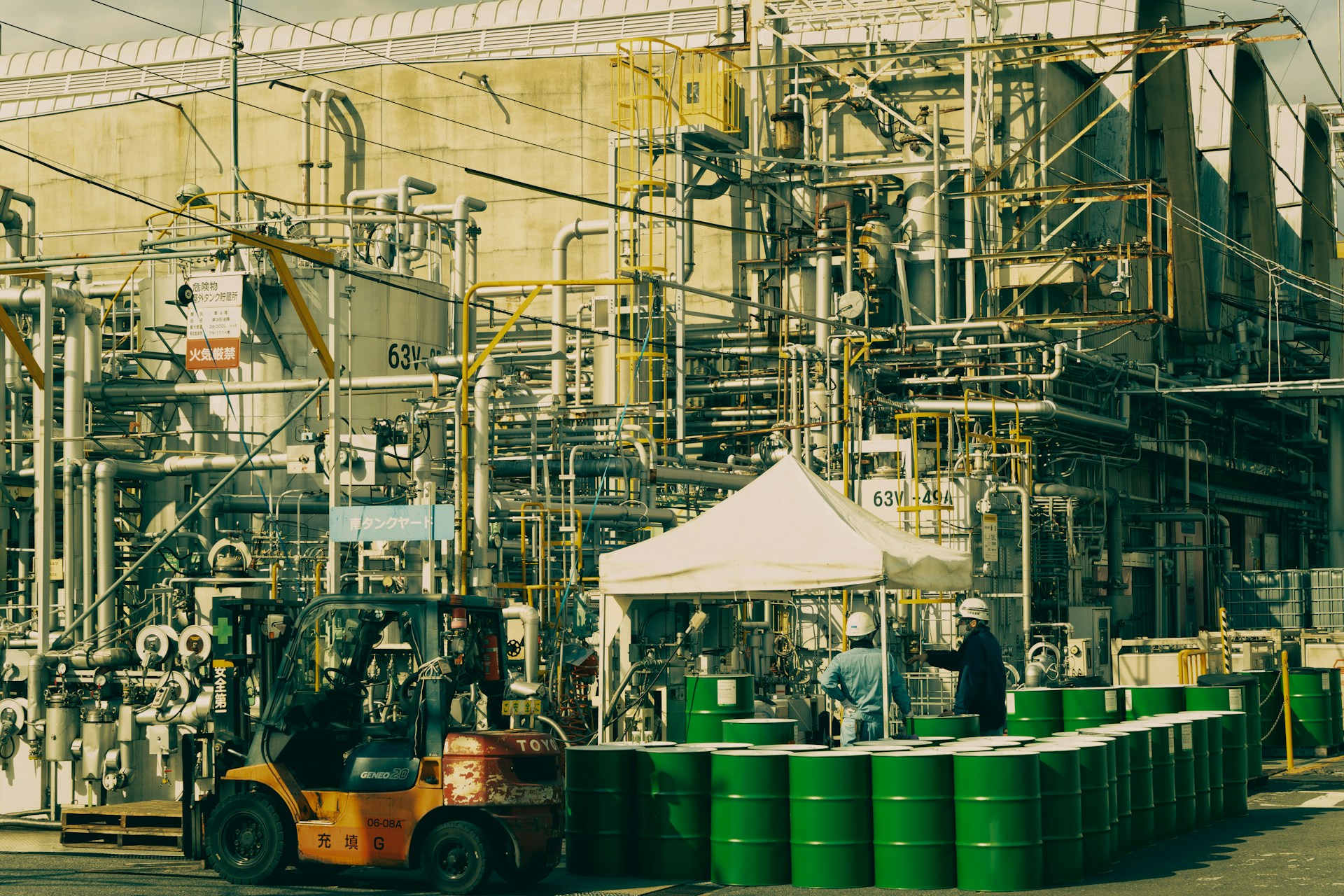At the University of Manchester, a research team led by Dr. Michael James has developed a breakthrough method for initiating radical chemical reactions using only heat. Their study, published in Nature Synthesis, reveals that many industrial chemical processes that currently depend on light or electricity can instead be driven through thermal activation, offering a simpler and more cost-effective route for large-scale manufacturing.
Lim, E. R. X., Cooper, B. D., Shanmugam, M., da Luz, J., McInnes, E. J. L., Trujillo, C., Douglas, J. J., & James, M. J. (2025). Reductive radical chain initiation through the thermal generation of carbon dioxide radical anion. Nature Synthesis. https://doi.org/10.1038/s44160-025-00919-z
Traditionally, chemical industries; particularly those involved in pharmaceuticals; rely on photochemical or electrochemical systems to start electron transfer reactions. While effective, these systems are expensive, complex, and often challenging to scale up. The Manchester researchers found that by combining an inexpensive azo initiator with a formate salt and heating the mixture in a standard reactor, they could generate the radical anion of carbon dioxide (CO₂•–), triggering a variety of reactions under modest conditions of around 80 °C.
Dr. Michael James, Lecturer in Synthetic Organic Chemistry at The University of Manchester stated,
“By using something as simple as heat; something every chemistry lab already has; we’ve created a process that can be scaled more easily and used by companies without the need for expensive, specialized equipment, opening up new possibilities for chemists all over the world.”
This simple heat-based process allows for multiple types of bond-forming reactions, including carbon; carbon, carbon; sulfur, carbon; hydrogen, carbon–boron, and carbon; phosphorus linkages, all without using transition metals. The team’s collaboration with AstraZeneca demonstrated that the method is scalable, producing a 50-gram batch of the desired product at a 61 percent yield and over 95 percent purity.
This innovation could have a significant impact on chemical manufacturing. By eliminating the need for specialized photochemical or electrochemical equipment, companies could simplify reactor designs and reduce operational costs. The ability to use existing heating infrastructure makes the process highly practical for industrial settings, providing engineers with a straightforward alternative to complex initiation systems.
From an engineering perspective, the benefits are clear. The approach reduces reliance on specialty reactors and light sources, simplifies scale-up from laboratory to production, and makes radical-chain chemistry more accessible to manufacturers. It also broadens the range of chemical transformations that can be achieved under mild, energy-efficient conditions.
However, some challenges remain before the process can be widely adopted. Large-scale applications will require careful management of the thermal and safety aspects of azo-initiators and formate salts. Engineers will need to ensure uniform heating and mixing in larger reactors to maintain consistent radical initiation. The method’s efficiency with certain substrates, particularly electron-rich halides, will also require further testing and optimization.
Looking ahead, the research opens new possibilities for chemical engineers and manufacturers seeking to streamline production while cutting costs. Future work may include continuous-flow reactor applications, exploration of more complex substrates, and further scale-up experiments. If successful, this thermally initiated radical method could reshape how the chemical industry approaches radical-chain processes, making them more accessible, efficient, and sustainable.

Adrian graduated with a Masters Degree (1st Class Honours) in Chemical Engineering from Chester University along with Harris. His master’s research aimed to develop a standardadised clean water oxygenation transfer procedure to test bubble diffusers that are currently used in the wastewater industry commercial market. He has also undergone placments in both US and China primarely focused within the R&D department and is an associate member of the Institute of Chemical Engineers (IChemE).



